Platoodon is a herbaceous plant, which is often found in the eastern countries. It is found in meadows, glades, as well as around various shrubs.
Of course, this is a beautiful flower, but earlier it was used for medical purposes, in cooking. Platicodone was distributed at the end of the 18th century, when he was involved as one of the main resources in folk medicine. Already after the 19th century, the bushes could be observed in various gardens, estates and other sites that needed refining.
Directly as a decorative plant, the Platichodon is an excellent solution, since the flowers are not aggressive and well coexist with other plants. Considering that in places where Platicodone grows, strong frosts are usually present, it becomes obvious that it easily transfers low temperatures. If the flower was planted in a warm climatic zone, he will delight flowering for a long time.
In this article, we will look at the main features of Platoodone, as well as the specifics of its landing and care.
Vegetation Platoodone
- First of all, you need to know that Platoodon is a perennial plant. If you choose the place in which it will develop, the plant will delight with its beauty for many years.
- Many gardeners are called Platochodon - Summer Plant. The thing is that it "wakes up" later than other perennial flowers. Many people who have previously had dealt with Platoodone, might think that the plant just died after winter frosts, but gradually, in about the third week of spring, it begins to grow.
- The most interesting thing is that the activity of the growth of Platicodone is simply impressive. In a short period of time, a beautiful bush is formed, the leaves become large, and the bloom begins closer to July to July.
- In approximately in September, Platoodon already ceases to bloom, but the appearance of the plant still remains attractive. Leaves and flowers have a bright color, which simply attracts attention.
- It is also interesting that closer to the end of the year the leaves are gradually moving out of green in yellow. Such a "reincarnation" also likes many people, as the plant manifests itself from different sides in terms of appearance. Almost every 2 months (except for winter), Platoodon looks different.
Grade Platicodone
- Shell Pink. "Adult" shrub reaches a height of 80 cm. From the name it is clear that the plant has large pink flowers. Many dackets do this grader like the fact that the petals have a whole range of white-pink shade, thanks to which the site is surprisingly transformed.
- Album. This is one of the most common varieties. Its height can reach 80 cm, and the flowers themselves are large, glading with a pleasant white color of petals. Also, many dackets choose this particular Platicodone for the reason that it blooms from June and august, and this is a fascinating phenomenon.
- Snowflake. This variety is considered semi-world. The height of the shrub reaches 50 cm, so such platitoes can be used together with other plants on the site.
- Fairi Snow. This variety is unique for the reason that the inflorescences here have a white color with bluish streaks. It looks surprising, so for the site this plant may be indispensable when creating an original landscape. Moreover, it must be borne in mind that the height of the shrub is up to 80 cm.
- Epoyem. Unlike the rest of the varieties, this is distinguished by a small height of shrubs - only 20 cm. However, the color of the inflorescence is still attracting attention, we are talking about a certain combination of purple and blue shades.
Planting Platicodone
- As for the place to land Platoodone, it is often about places with good illumination, as well as with fertile soil. This does not mean that in other conditions the plant will not bloom. It is likely that Platoodon will grow, but not actively develop.
- In some cases, the garter is required, but this happens only when the shrub acquires large sizes. Without extra supports, the platterodone will look not in the best way, and growing about the same.
- Directly the process of planting platterodone itself occurs in the soil - without additional transfers. The fact is that the plants have a unique root system, which makes it easy enough to carry many external influences and other factors.
- At the same time, it is necessary to understand that because of the very specifics of the root system, the plasticodon cannot be divided, otherwise the plant will just perish. The best option will be a banal transplant from one place to another.
Selection of Platicodone seeds
It often happens that the owners make a decision to grow plasticodon based on seeds. Immediately it is worth understanding that it is not always reasonable, since the probability of climbing is not too large.
- Seeds can be considered ripe when the box begins in the flower. Directly the collection occurs after the flowers dry completely. Often it is approximately September a month. Depending on the landing site and other conditions, this period can shift slightly.
- Most of the owners pleases the fact that from the collected seeds you can get new varieties of Platicodone, which have nothing to do with the fact that the initial resource came from. If we sit down a lot of flowers, then the variety of paints will have a positive effect on the appearance of the site.
- Store seeds follows in the coolness, so that they will retain all their basic properties. Directly landing must be performed by the next season.
Winter
For many plant cultures, winter is not the most favorable time during which there is a chance of a development stop. In the case of Platoodone, you need to carry out a small preparation for the winter period so that there are no problems in the future.
- The most important thing in front of the winter season is to carry out the pruning of the plant. Approximately at the end of the autumn you need to arm the secretary and compare the above-ground part of the platterodone with the ground level.
- It is also important to set the soil fertilizer. To do this, after trimming the shrub, you need to mulch the soil peat, as well as sawdust, humus and all other possible means.
- If all this is done on time, during the winter season there will be no difficulty, and in the spring, the plant will delight the phenomenal growth rates.
Regular pattering care
Despite the fact that Platoodon often pleases with its growth and without the participation of a person, care is still needed. This is necessary so that the shrub has always been in an acceptable condition, and also existed for many years.
- It is most important to pay attention to the need for watering the plant, but it must be carried out only in the first couple of weeks after landing. Next, irrigate is not required, but practice shows that drought often occur, which can negatively affect the state of the plant. If there is an opportunity, in the "complex" time for plasticodone, it should still be done by watering.
- Immediately after conducting watering, the soil can be loosened. In addition, it makes sense to remove the grass, which rushed around the shrub. It can slightly reduce the activity of a shrub growth. If you climb the plot, the loosening and can not be carried out at all.
- Specialists also advise the use of complex fertilizers that will be useful for flowering plants approximately once a month.
- Many dachensons do not like the fact that individual varieties are too pulled up. Against the background of the rest of the plants, Platicodone shrubs look not in the best way, therefore, inhibitors are often used that allow the plant growth rates.
- Large plants are not always practical, but if decorative purposes were landing for individual places of Platicodone, then it is necessary to prepare that their height can reach 80 cm. Often, without tapping, it is impossible to do without a clue, otherwise high shrubs simply bend. The garter is quite a long and time-consuming process, so you need to count your strength.
Pests and Diseases of Platicodone
The strong side of Platichodon is the fact that it is practically not amenable to the action of various pests and diseases. However, there are cases when the shrub suffers a little from certain influences.
- Sometimes the plant is silent with gray rot. This is a fairly common disease that concerns many plant crops. Most often, it is manifested in periods when the plant is in dampness. To get rid of this trouble, it is enough to break the soil well, as well as regularly perform watering. But at the same time it is worth controlling that the humidity is not too high, otherwise the disease and then did not create problems. In addition, you can find various solutions that can water the plant to stop the negative trend.
- Moles and mice can be attributed to pests. Unfortunately, often their actions lead to negative phenomena that relate to the root system. Moles and can do so that the shrub will die. On the Internet you can find a lot of ways to deal with pests, but it is impossible to definitely say whether at least one of the solutions is effective.

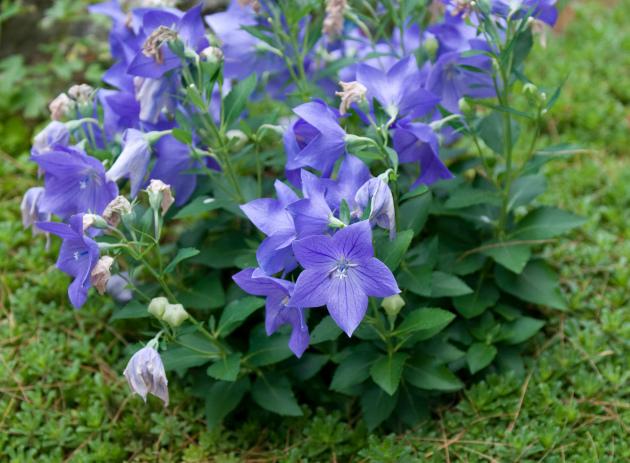
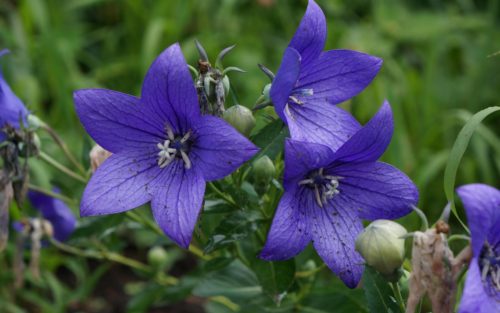
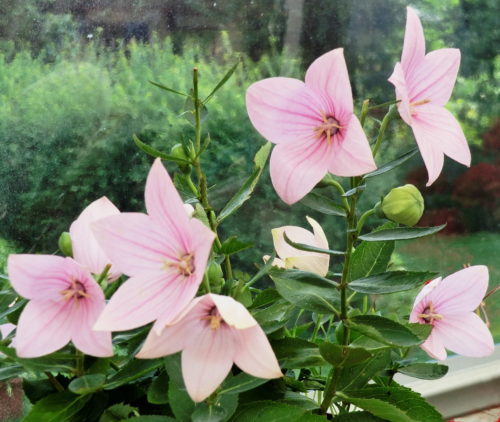
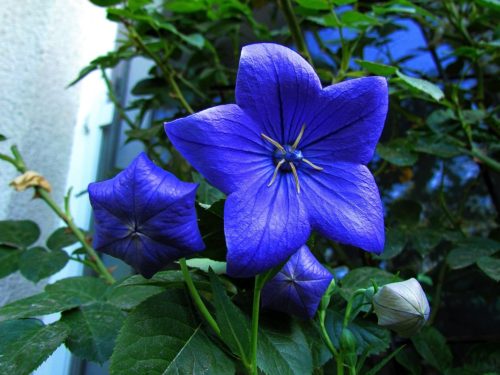
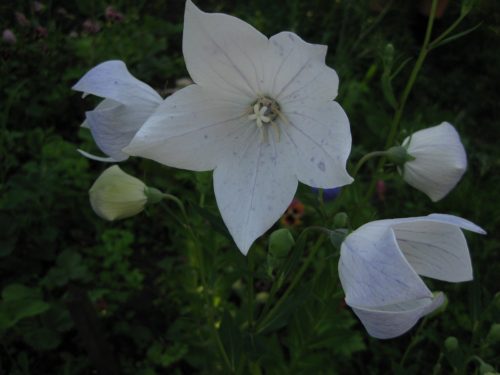
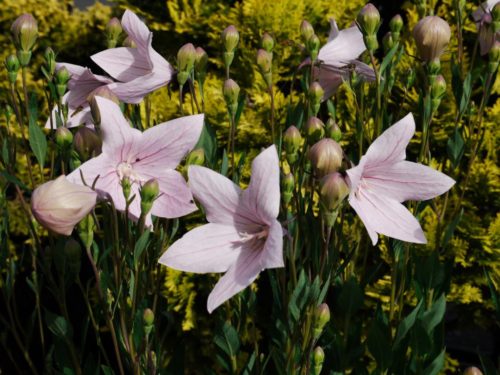
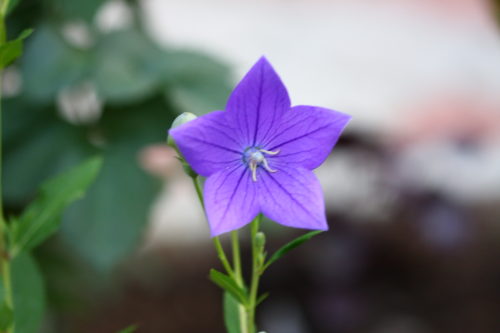












 Start a discussion ...
Start a discussion ...